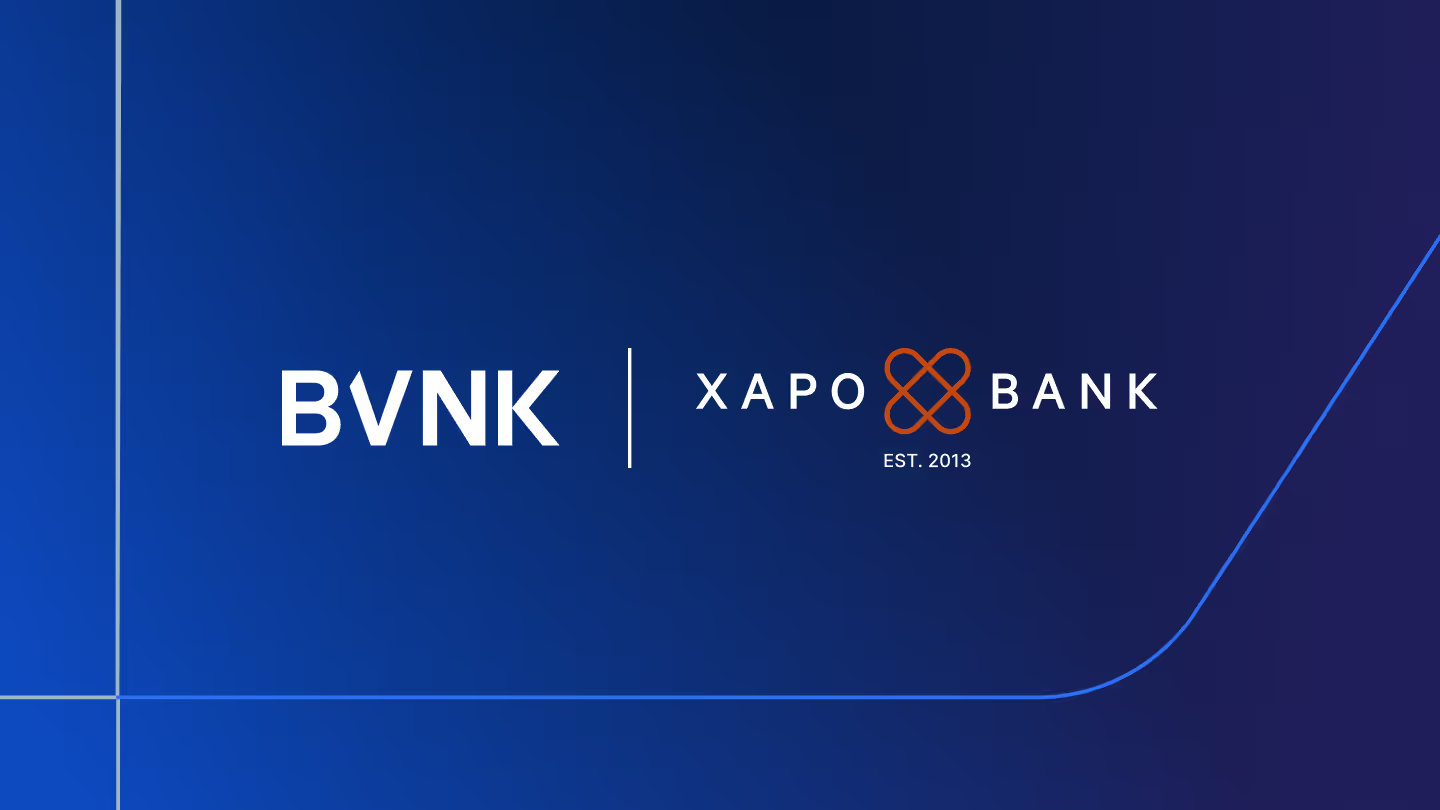The merchants’ guide to blockchain payments
Many use cases for distributed ledger technology (DLT) have been developed to varying degrees of success, including digital assets as an investment, decentralised financial systems, and ownership reflected in a zero-trust ledger. One proven valuable use case is making payments faster, safer, and globally accessible.
Traditional payment systems are often slow, involve intermediaries, have high fees, lack transparency, and suffer from interoperability issues. Despite advancements in payment services in the past 50 years, most are surface-level improvements based on the same underlying technology.
Distributed ledger technology (DLT) presents an opportunity to replace the lowest level of this stack, offering a secure, efficient, and fast way to move money globally.
Stablecoin settlement reached approximately $8 trillion in 2022, surpassing volumes of major card networks like MasterCard and American Express. In 2023, it’s expected that on-chain stablecoin volumes will surpass Visa volumes, the world’s largest card network.
But for many merchants, concepts of blockchains, keys and wallets seem a million miles away from the traditional banking and financial apparatus they are familiar with. And where there’s complexity, there’s risk. Like any major business decision, the key is knowledge and a basic understanding of the mechanics.
In this new whitepaper—The merchants’ guide to blockchain payments—we arm merchants with a broad overview of how blockchains work and the journey of a transaction. We’ll also provide deeper insight into six essential key criteria for selecting a payments partner, the must-haves of compliance, and some helpful questions merchants should ask on their journey.
Latest news
View allGet payment insights straight to your inbox



.jpg)






.avif)


.jpg)





